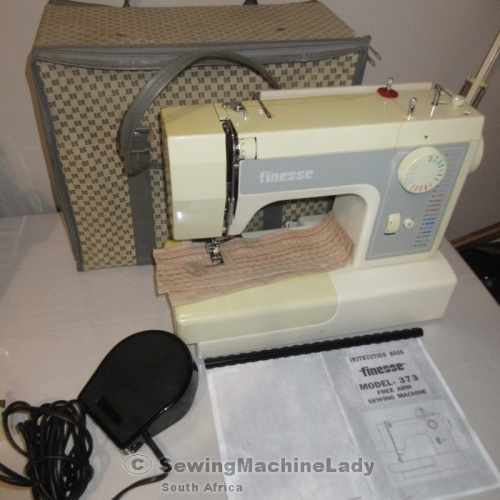

Always replace a bent needle as it will cause nothing but trouble. Any roughness can be carefully removed with fine emery, but it is better replaced if it has seen more than 6 - 8 hours' service. Run it between your fingers from the shank down to the tip. Replace the foot.Ĭheck the needle before refitting it. Good quality thread sheds less fluff than cheaper brands and so is advised. Look out for any pieces of broken needle which might have come to rest here and could jam the mechanism.Īlso, check for and remove any dust, fluff or pieces of broken thread where the thread passes between the discs of the upper tension adjuster, and at any other points in the threading path of the upper thread where it might have collected. You can use a can of compressed air or simply blow but there is a risk you might just blow the fluff further into the mechanism. Where the dust and fluff has become matted you can pick it out with a pin or a needle, otherwise use a brush and/or a vacuum cleaner crevice tool. The needle plate is a plate beneath the foot with cut-outs through which the feed dogs protrude, generally secured by one or two screws. Remove the needle, the foot and the needle plate to facilitate cleaning. Between the feed dogs is a favourite place for it to collect. The first thing to do is to remove all dust and fluff, wherever you can find it. Many spare parts, particularly for older machines, are readily available on eBay and probably elsewhere. Including those for Singer Featherweights, White Rotarys, and other collectible machines.
#Finesse sewing machine 356 user manual manuals#
You can find an expanded version of this Instructable, including a description of sewing machine principles and common problems and their solutions in the page on the Restart Project.įree sewing machine manuals you may download from the internet. If you can get hold of such a machine, so long as it's complete, you should be able to keep it running indefinitely and certainly much longer than a modern machine. For demonstration purposes in this Instructable I will use a vintage machine probably dating from the 1950's or 60's because it's easier to show the mechanism, however, all machines work in the same way.

Nevertheless, the life and effectiveness of any machine can be extended with simple maintenance, and my aim here is to show you how. Newer machines, especially the very cheap ones, have many more plastic parts and a much shorter life. The older vintage machines are virtually indestructible, indeed one highly skilled and experienced seamstress told me that she still uses a 1929 treadle machine as her daily workhorse. Huge numbers of sewing machines have been manufactured over the years.


 0 kommentar(er)
0 kommentar(er)
